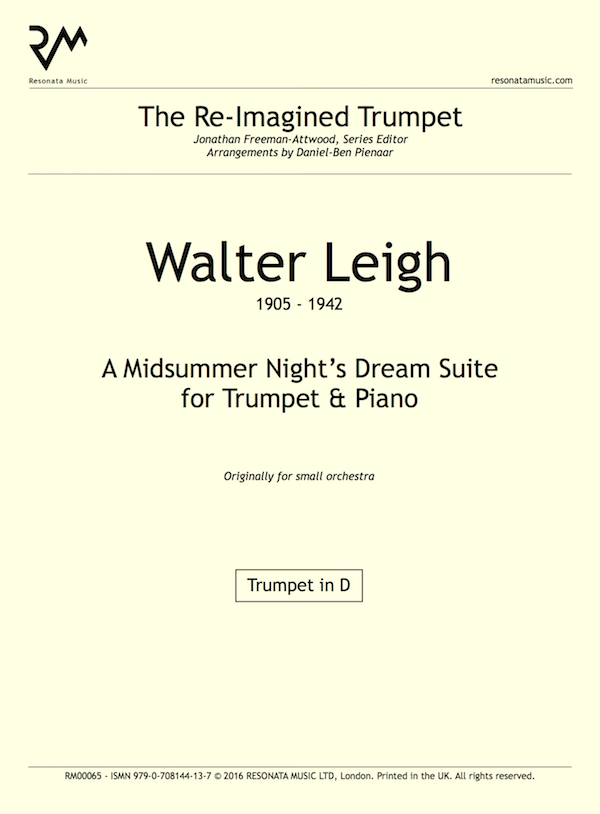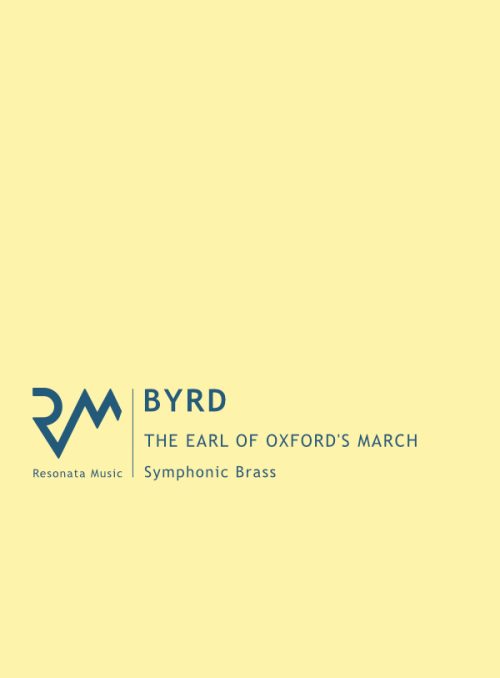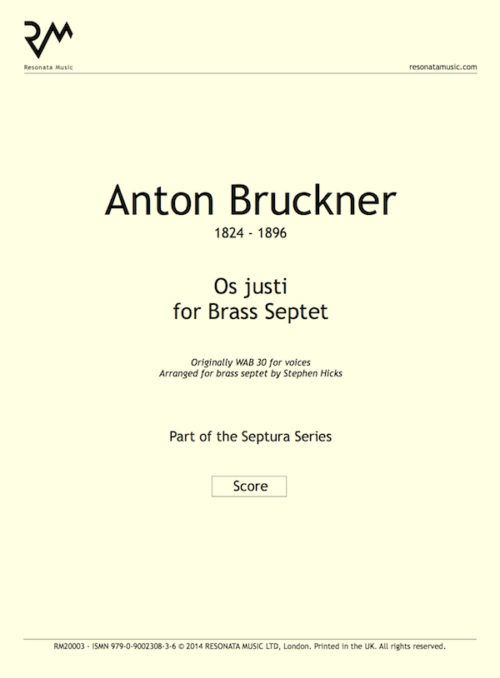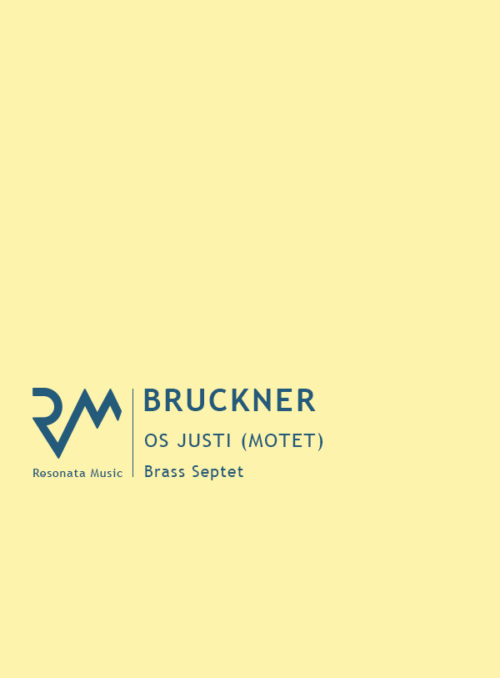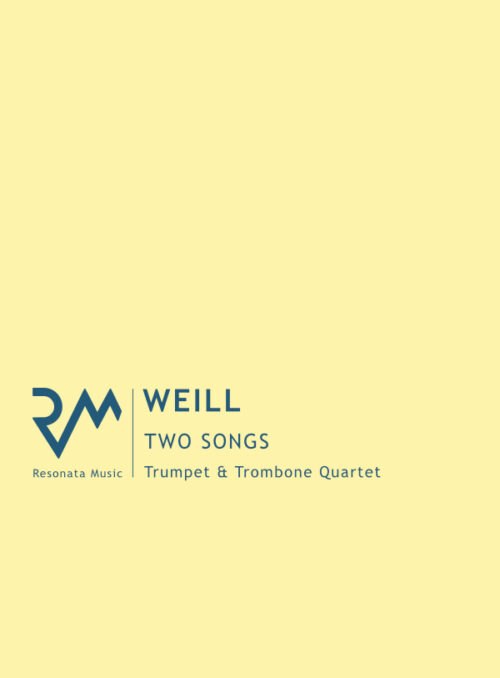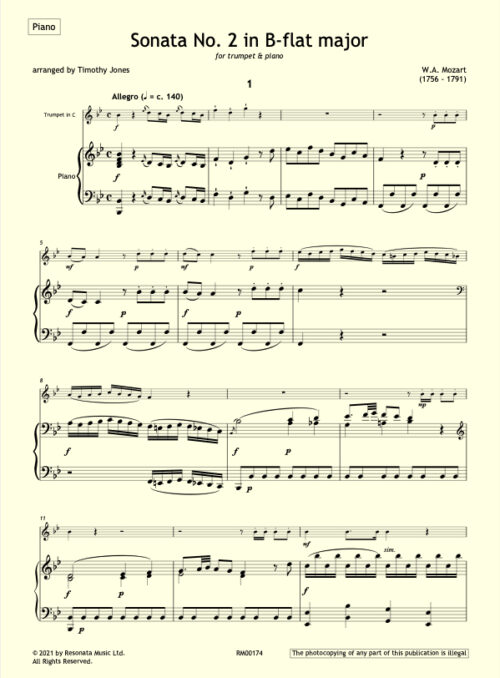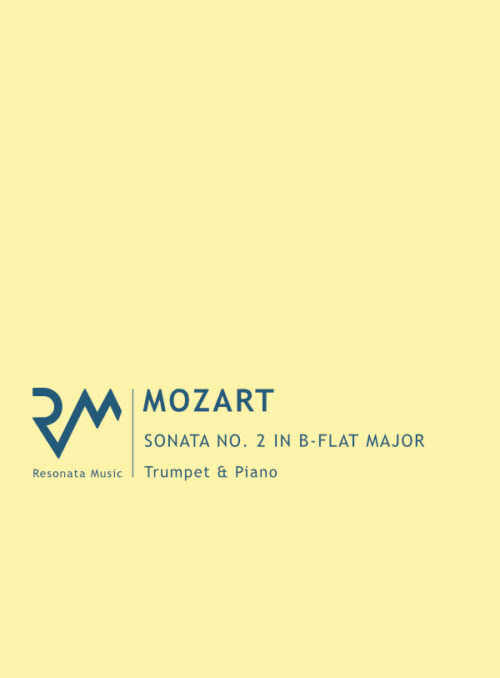Description
It is all-too-easy to stretch the meaning of ‘neoclassical’ to include any composition of the early-to-mid twentieth century which identifies with old music, and just as hard to find English music of the period that easily fits the subtle cultural admixture where antiquity acts as catalyst towards a personal and crystalline language à la Stravinsky. If Peter Warlock’s Capriol Suite contains a good deal of originality around his set of renaissance dances, the result is oddly parochial compared to the less ambitious but more internationally flavoured canvas in the incidental music to A Midsummer Night’s Dream by Walter Leigh.
Leigh was a student of Hindemith’s in the 1930s and adopted a practical and consciously neoclassical style to serve his professional interest in music for documentaries, education and the Early Music Movement – hence his regular use of a harpsichord in his scores. Three movements from A Midsummer Night’s Dream Suite capture the essence of Leigh’s lean stylistic hybrid of clear-cut, Hindemith-inspired functionality wedded to an Elysian-inspired melody of the Cambridge Backs, especially the quiet melancholy of the ‘Intermezzo’ – which has something of the Jacobeans about it. The outer movements are pithy, elf-like and rhythmically engaging, especially the final ‘Fairies’ Dance’ which makes no secret of its Mendelssohnian roots.
For music of such light-hearted and blissful ephemerality, it is ironic to think of the furore it caused: written for a German production in 1936, it replaced the ‘degenerate’ Mendelssohn. Leigh has, therefore, in some quarters, been regarded as ‘an indirect accomplice to the Nazi’s campaign to purge Jewish influence from German art’. He died on active service near Tobruk in 1942.
Jonathan Freeman-Attwood
Parts included:
- Piano
- Trumpet in D
Purchasing this product entitles you to download it three times. You will receive an email with a link to download your files upon completing payment.


